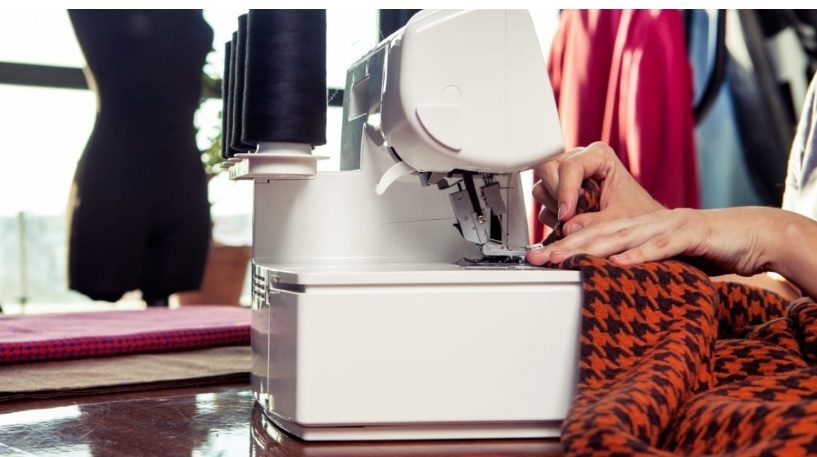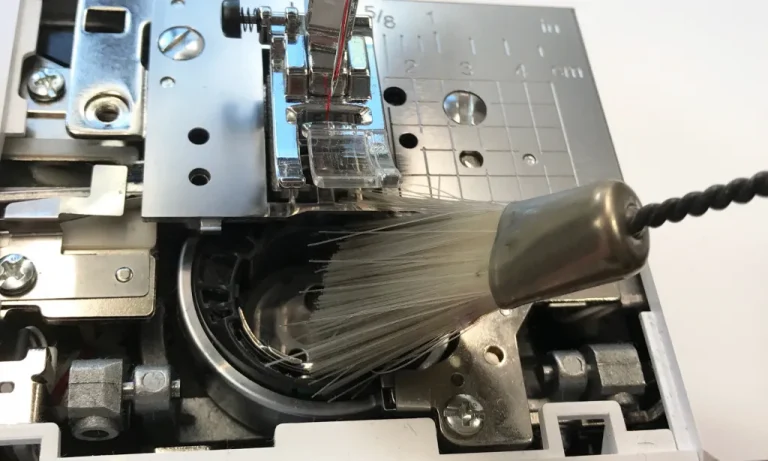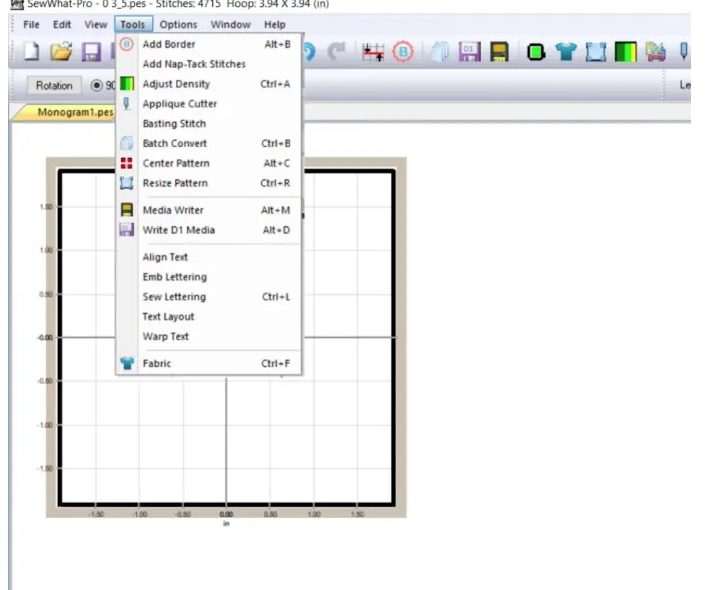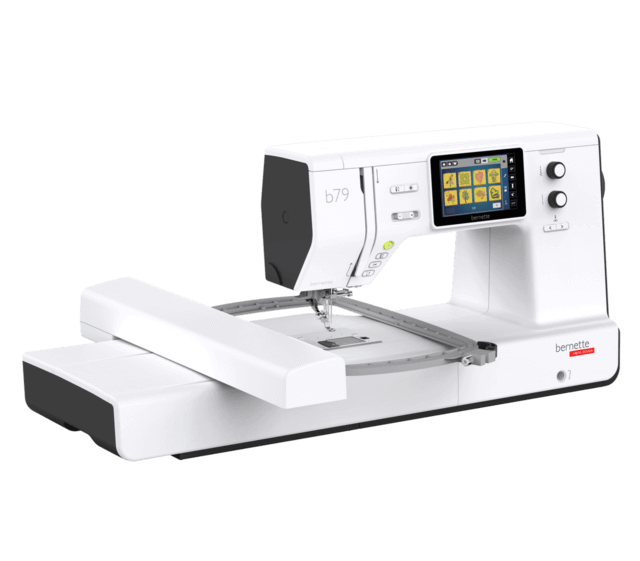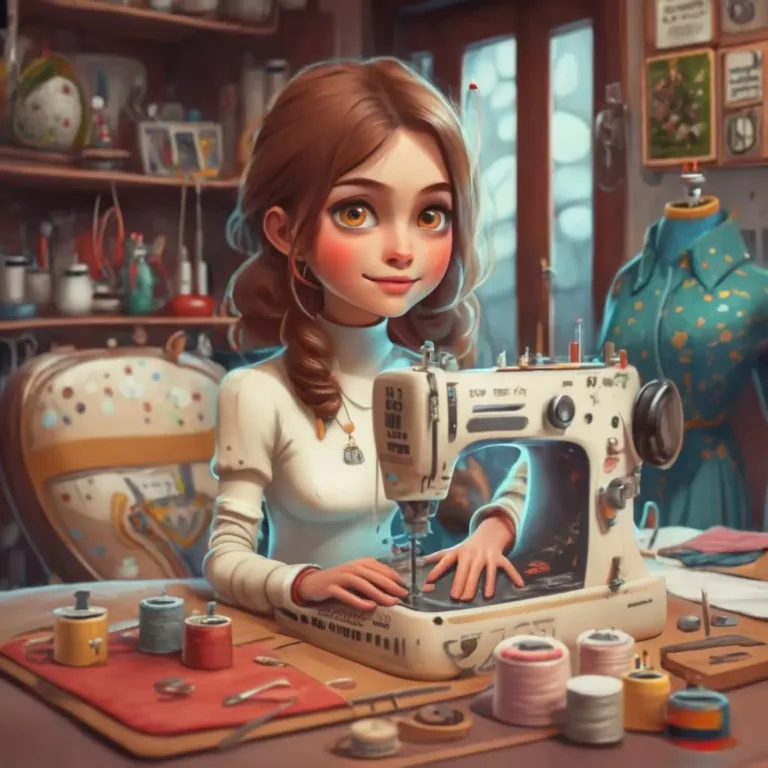difference between a serger, a coverstitch and the combination?
A serger, also known as an overlock machine, is a type of sewing machine that is used to finish the edges of a seam by trimming and overlocking the raw edge. A coverstitch machine is a specialized type of sewing machine that is used to create a professional-looking coverstitch on the right side of a garment. The coverstitch is a type of hem that is often used on stretchy or knit fabrics, and it is created by using two or more needles to create rows of parallel stitches on the right side of the fabric.
A combination machine is a sewing machine that combines the functions of a serger and a coverstitch machine into one machine. These machines are designed to save space and allow you to do more types of sewing in one place.
In summary, a serger is used to finish the edges of a seam, a coverstitch machine is used to create a specific type of hem on stretchy or knit fabrics, and a combination machine combines the functions of both a serger and a coverstitch machine.
Do you want to invest in a new machine to meet your needs? Perhaps you hesitate between a serger, a cover or a combination? So, to make the right choice, we invite you to discover the differences between these three machines. The serger and the cover machine are ultimately different machines that will not cover the same needs. So it is possible to need both. In this case, you can opt for a serger and a coverlock or for a combination.
To help you in your choice and your research, discover in this article the difference between an overlock machine, a cover machine and a combination machine.
Overlock, cover, combined: the functions
The serger
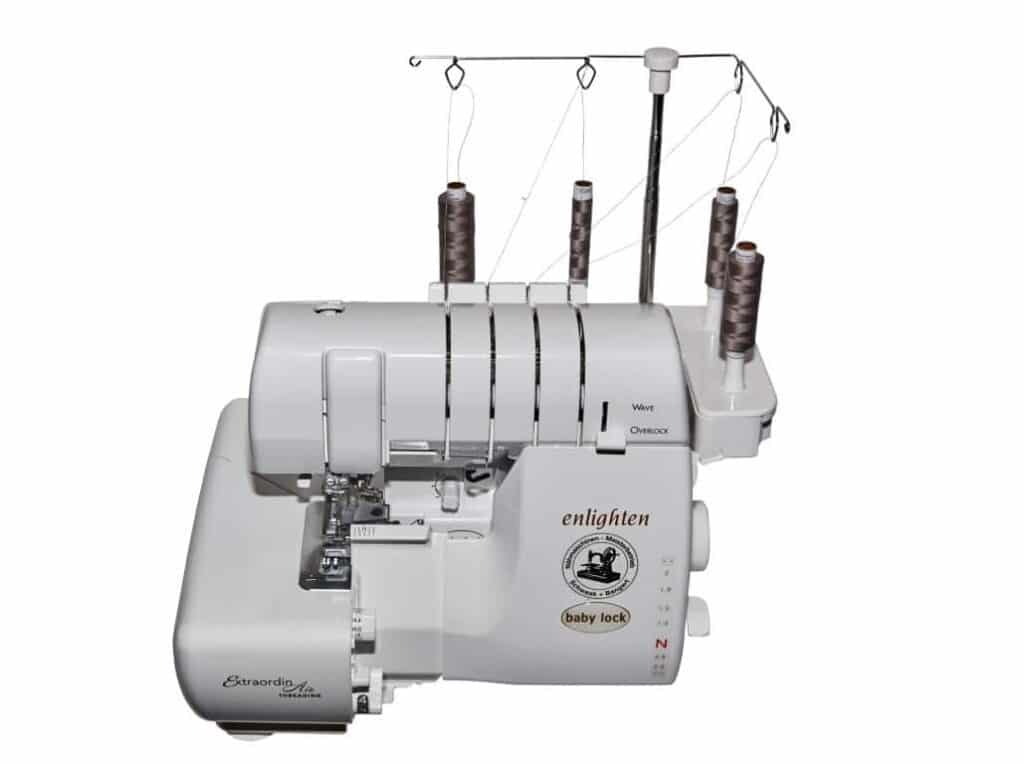
he serger, whether industrial or family, is an essential tool. Thanks to it, your sewing project will have pretty finishes that do not fray.
It is easy to use on all fabrics, even those that are more difficult to work with such as lycra, muslin, etc. Most generally, it can be used with 4 threads at the same time. In this case, she will assemble and carry out the finishing. With 3 threads, we simply do a finish. On a flatlocker, there is only one needle thread and the upper thread is tied with the lower thread.
On the other hand, the serger has one or two needle threads. In the same way, the upper thread is tied with the upper one, but in addition, it is equipped with an upper looper and a lower looper which pass the thread over the edge of the fabric. As you will have understood, his point is more complex. Plus, you’ll enjoy clean finishes thanks to the knife that cuts the edge of the fabric as you sew. It is a complement to the sewing machine.
The Coverer
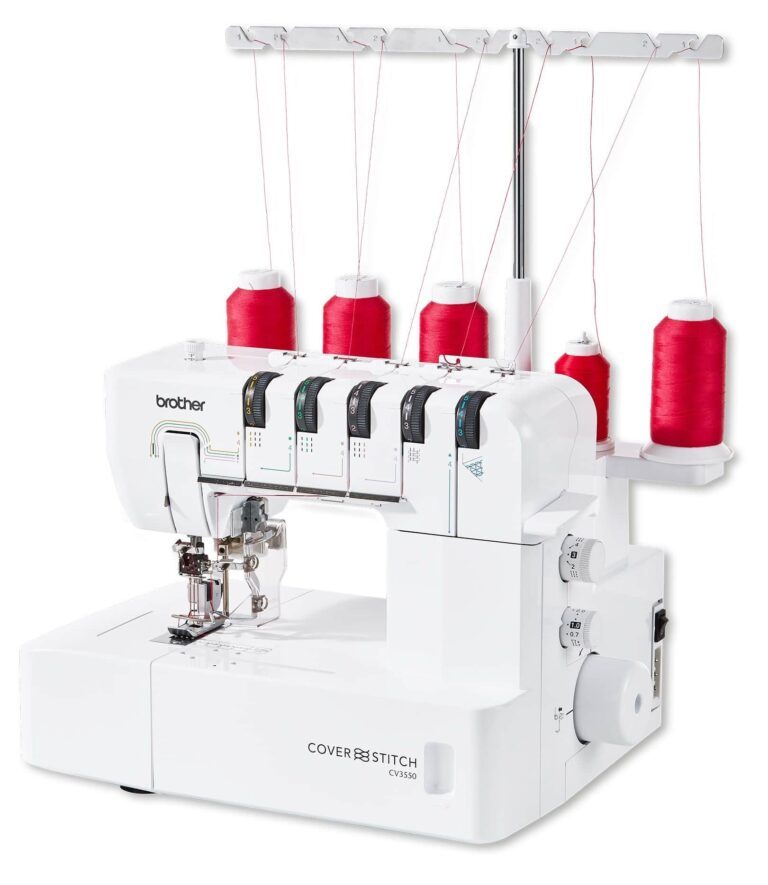
The cover machine is a machine that performs a chain stitch. This can be a very stretchy assembly stitch or a decorative stitch. It also allows you to make a cover stitch of different widths.
In this way, you can make hems, but also single or double topstitching. On knit fabrics, this will keep the elasticity of the fabric. Its use is therefore different from that of the serger.
Combined
The serger and the cover machine being two machines that complement each other, you may not be able to decide between one and the other and then opt for a combination.
Seamstresses who do not have the space to have a whole range of machines can also choose a combined machine.
The downside is that a machine that does too many things may not have the same degree of performance for all of them. In addition, you risk wasting time between the different threading and adjustments to be made according to your needs. To avoid this problem, it is important to choose a high-performance machine. Some handsets accept all types of wire without having to make different voltage settings. We can then pass 5 or 6 threads and thus combine an overlock with a chain stitch, which makes it possible to sew jeans in a single pass.
Which machine for whom and for what needs?
As we have seen, these machines are different. So, to know if you need this or that machine, it’s not a question of sewing level, but of needs. Indeed, depending on what you are doing, you may need the serger, the cover or the combination. However, for a beginner, these machines are not essential at the very beginning.
The serger is a perfect machine if you want to be able to make creations in elastic materials such as jersey, etc.. Indeed, the sewing machine does indeed offer a “stocking stitch” stitch, however, it is not really intended for this type of material and is therefore not the best solution. The serger will also be very useful for finishing your projects. It is possible to make a zig-zag stitch with the flatlock stitcher, but an overlock finish will look much nicer. If these are what you are looking for, prioritize the serger over the coverlock.
The cover seam is easier to handle than the serger. Everyone can therefore have one as long as there is an interest in it. It is very interesting for those who work a lot with mesh or elastane or both. If you make clothes, it will allow you to achieve superb finishes.
The handset is suitable for sewers who are short on space or want the benefit of additional stitches and features, such as the ability to achieve strong sewing and finishing in one pass.
The pros and cons
As with all machines, each has advantages and disadvantages. Knowing them will allow you to make an informed choice that meets your needs. In any case, it is a significant investment. It may be better to choose a slightly higher-end model and not necessarily settle for the lowest price: this will allow you to work more easily and save time on the various settings. In addition, you will quickly progress and you will then appreciate having a powerful machine.
The serger
The serger has considerable advantages. Indeed, with it, you will be able to achieve perfect finishes. However, it can only be used on the edge of the fabric due to the presence of the knife. This knife allows you to shave the edges of the fabric for a better finish.
When you start on this type of machine, be careful not to cut too much fabric. The biggest disadvantage of the machine is the complexity of threading it and adjusting the different stitches. But of course, it can be learned. In addition, there are now on the market machines that are easier to thread thanks to color codes, etc. The serger is greedy in threads since 4 threads are used at a time.
The Coverer
The cover machine will also allow you to achieve very beautiful finishes. Its use is comfortable. It offers more possibilities than the serger. As a result, its handling will be a little longer in order to discover and master everything.
Combined
The handset offers overlock and cover stitches, as well as additional stitches. Its big advantage lies in the space saving offered by this type of machine which combines two machines in one. In addition, the budget will be less than buying two machines. However, when you are going to switch from Overlock mode to Cover mode, you will have to redo the threading. This can be discouraging for users and a big waste of time in the long run.
Related Posts
Discover relevant articles, tutorials, and tips to improve your skills and explore new techniques.
Stay inspired and connected to our embroidery community.
